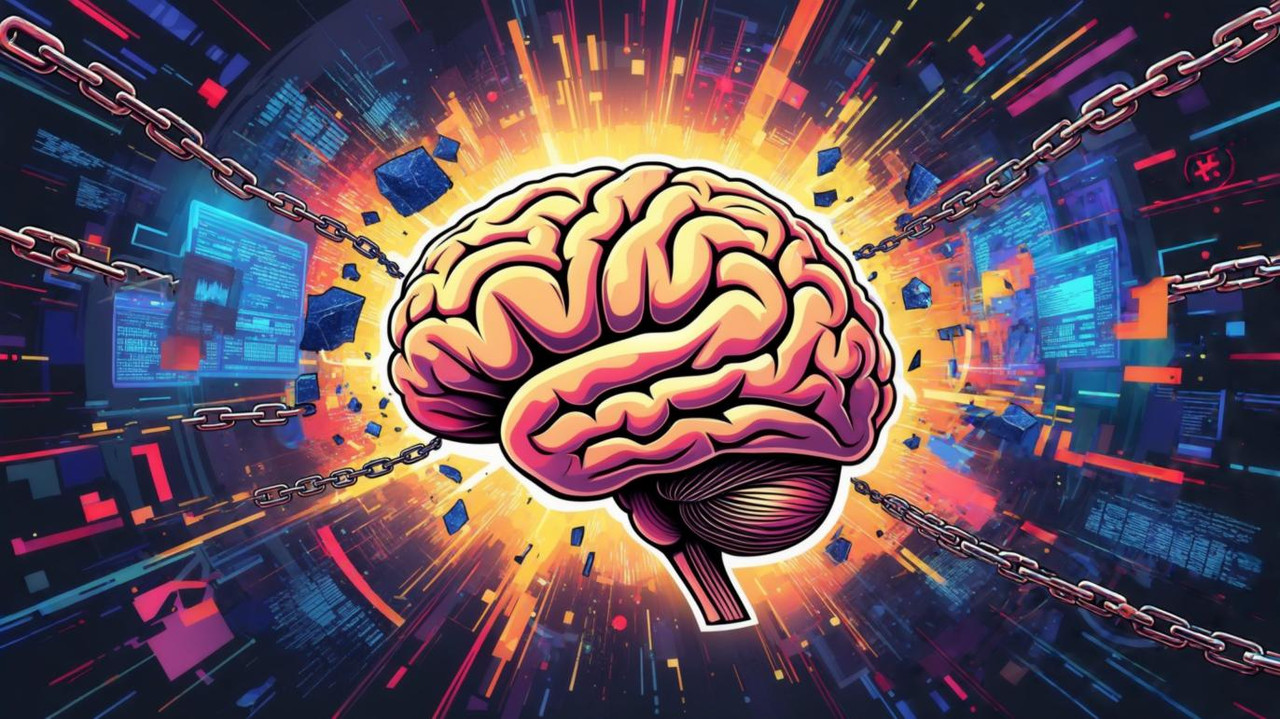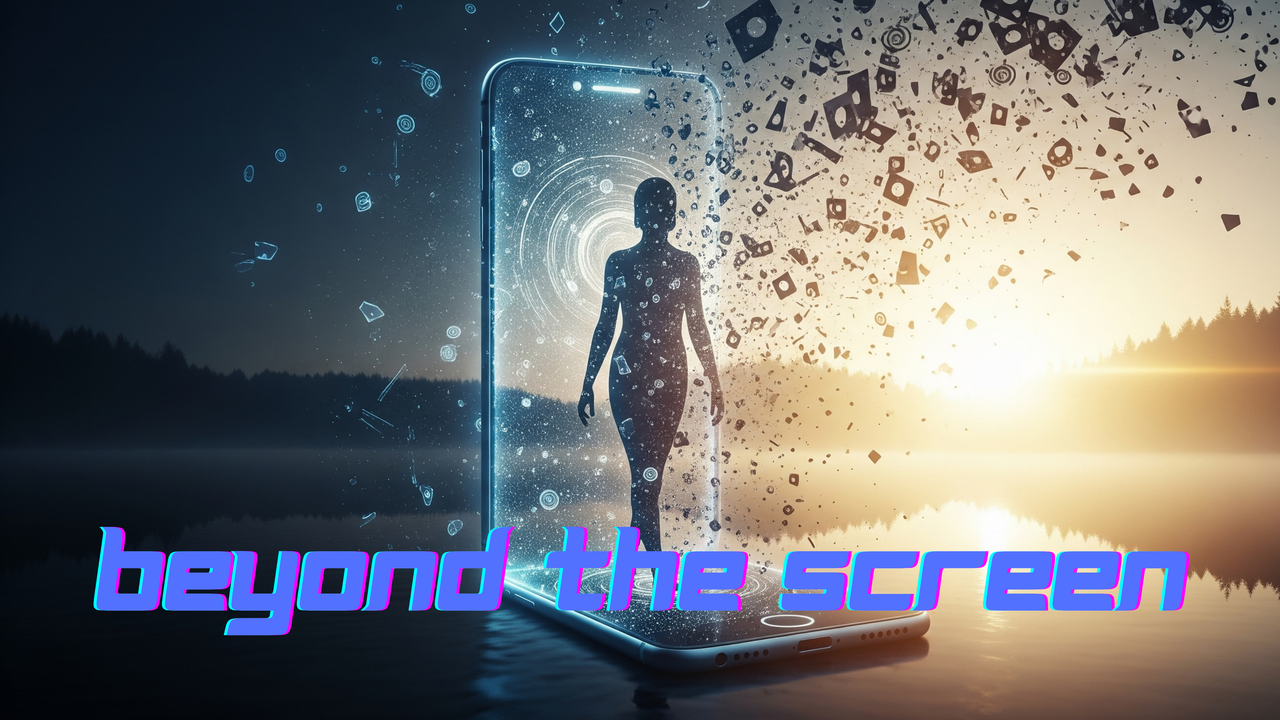A Clinical Guide for Mental Health Professionals
Mental health practitioners are encountering more frequent cases of clients struggling with issues related to pornography use. However, the intersection of pornography and mental health remains clouded by misconceptions, moral panic, and limited evidence-based guidance. This comprehensive review examines common myths through the lens of current research, providing clinicians with the tools necessary for effective assessment and intervention.
Understanding the Clinical Landscape
The prevalence of pornography consumption has reached unprecedented levels, with research indicating that 73% of women and 90% of men have viewed pornography at some point in their lives. Even with such broad exposure patterns, the psychological ramifications of pornography use remain clinically complex and are frequently subject to misunderstanding. As clinicians, our role is to distinguish between normative sexual behavior and patterns that warrant therapeutic intervention.
Myth 1: "Pornography Addiction" is ppp
The factual situation is that "pornography addiction" remains absent from both the DSM-5-TR and ICD-11 diagnostic frameworks. The closest recognized condition is Compulsive Sexual Behavior Disorder (CSBD) in the ICD-11, which encompasses repetitive sexual activities that become central to one's life and cause significant distress or impairment.
Clinical Implications: Rather than focusing on addiction terminology, assess for behavioral patterns consistent with CSBD criteria: repetitive sexual behaviors, unsuccessful attempts to control the behavior, and continued engagement despite adverse consequences. This approach prevents pathologizing normative sexual behavior while identifying genuine clinical concerns.
Myth 2: All Pornography Use Causes Brain Damage
The Reality: Neuroimaging studies have shown structural and functional brain differences in individuals with compulsive sexual behaviors, but these findings don't constitute "brain damage." Research by Grubbs et al. (2019) demonstrates that brain changes associated with pornography use are similar to those seen in other behavioral patterns and may represent neuroplasticity rather than pathology.
Clinical Implications: Avoid catastrophizing neurological findings with clients. Instead, focus on functional impairment and how pornography use affects their daily life, relationships, and psychological well-being. Emphasize the brain's capacity for change and adaptation through therapeutic intervention.
Myth 3: Pornography Inevitably Leads to Sexual Dysfunction
The Reality: While some studies suggest associations between pornography use and sexual difficulties, the relationship is complex and mediated by multiple factors including frequency, content type, and individual vulnerability. Wright et al. (2020) found that problematic pornography use, rather than use itself, was more strongly associated with sexual dysfunction.
Clinical Implications: Assess the specific nature of sexual difficulties and their temporal relationship to pornography use. Consider factors such as performance anxiety, unrealistic expectations, and relationship dynamics. Not all sexual concerns in pornography users are causally related to their consumption patterns.
Myth 4: Only Men Consume Pornography
The Reality: Research consistently shows increasing rates of pornography consumption among women, with studies indicating that 30-60% of women report recent pornography use. However, women may experience different patterns of consumption and psychological responses compared to men.
Clinical Implications: Avoid gender assumptions during assessment. Women may experience greater shame and reluctance to discuss pornography use due to societal stigma. Create a non-judgmental environment that acknowledges diverse patterns of sexual behavior across genders.
Myth 5: Pornography Use Always Indicates Underlying Trauma
The Reality: While some individuals with trauma histories may use pornography as a coping mechanism, the majority of pornography users have no history of trauma. McCormack & Wignall (2017) found that pornography use serves various functions, including curiosity, arousal, and entertainment.
Clinical Implications: Avoid assuming trauma history based solely on pornography use. Conduct thorough assessments that explore multiple factors contributing to sexual behavior patterns, including developmental history, relationship dynamics, and current stressors.
Myth 6: Religious Individuals Are More Likely to Develop Pornography Problems
The Reality: Research suggests that religious individuals may experience greater distress about pornography use due to moral incongruence rather than increased problematic behavior. Grubbs et al. (2018) found that perceived addiction to pornography was more strongly predicted by moral disapproval than actual usage patterns.
Clinical Implications: Distinguish between moral incongruence and clinical dysfunction. For religious clients, therapy may focus on value clarification, managing guilt and shame, and developing coping strategies consistent with their belief system rather than pathology-focused interventions.
Myth 7: Abstinence is the Only Effective Treatment Goal
The Reality: Treatment goals should be individualized based on client values, circumstances, and clinical presentation. While abstinence may be appropriate for some clients, others may benefit from harm reduction approaches or developing healthy boundaries around pornography use.
Clinical Implications: Collaborate with clients to establish realistic, values-consistent goals. Consider factors such as relationship status, religious beliefs, and functional impairment when developing treatment plans. Flexibility in goal setting improves therapeutic engagement and outcomes.
Myth 8: Pornography Use Causes Violent Behavior
The Reality: The relationship between pornography use and aggressive behavior is complex and mediated by numerous factors. Meta-analyses suggest modest correlations between certain types of pornography and aggressive attitudes, but causation remains unclear (Wright et al., 2021).
Clinical Implications: Assess for aggressive fantasies or behaviors as part of comprehensive evaluation, but avoid assuming causation. Focus on developing healthy sexual attitudes and behaviors while addressing any concerning patterns through appropriate interventions.
Clinical Assessment Framework
Screening Tools and Evaluation Methods
Functional Assessment: Utilize validated instruments such as the Problematic Pornography Consumption Scale (PPCS) or the Cyber Pornography Use Inventory (CPUI) to assess functional impairment rather than focusing solely on frequency of use.
Moral Incongruence Evaluation: Implement the Perceived Addiction to Pornography Scale (PAPS) to distinguish between moral distress and clinical dysfunction, particularly important for religious clients.
Trigger Pattern Recognition: Systematically examine environmental, emotional, and relational precursors to pornography consumption behaviors. This cognitive-behavioral approach helps clients develop awareness and alternative coping strategies.
Collaborative Goal Setting: Engage clients in determining treatment objectives, whether abstinence, moderation, or values-consistent use. This client-centered approach improves motivation and therapeutic outcomes.
Evidence-Based Intervention Strategies
Cognitive-Behavioral Therapy (CBT)
Cognitive behavioral approaches concentrate on pinpointing and altering harmful thinking patterns and counterproductive behaviors that contribute to pornography engagement. Interventions include cognitive restructuring, behavioral activation, and relapse prevention strategies.
Acceptance and Commitment Therapy (ACT)
ACT emphasizes psychological flexibility and values-based living. For pornography-related concerns, ACT helps clients develop acceptance of difficult emotions while committing to behaviors aligned with their values.
Mindfulness-Based Interventions
Mindfulness techniques enhance awareness of triggers and urges while developing non-judgmental acceptance of internal experiences. These approaches are particularly effective for managing compulsive behaviors.
Cultural Considerations and Diverse Populations
Quality treatment demands cultural awareness and understanding of clients' diverse cultural contexts. For religious clients, integrate spiritual resources and community support while respecting theological perspectives. For LGBTQ+ individuals, consider unique challenges related to sexual identity and community acceptance.
Resources for Clinical Practice
Assessment Tools
Problematic Pornography Consumption Scale (PPCS)
Cyber Pornography Use Inventory (CPUI)
Perceived Addiction to Pornography Scale (PAPS)
Take away
The intersection of pornography and mental health requires nuanced understanding based on current research rather than moral assumptions. As clinicians, our role is to provide evidence-based assessment and intervention while maintaining therapeutic neutrality. By debunking common myths and focusing on functional impairment rather than moral judgments, we can better serve clients presenting with pornography-related concerns.
Effective treatment begins with comprehensive assessment that considers individual factors, cultural context, and client values. Through evidence-based interventions and collaborative goal-setting, mental health professionals can help clients develop healthy sexual behaviors consistent with their personal values and life circumstances.
This article serves as a clinical guide for mental health professionals and should not replace comprehensive training in sexual behavior assessment and intervention. Clinicians are encouraged to seek additional training and consultation when working with complex cases involving sexual behavior disorders.





